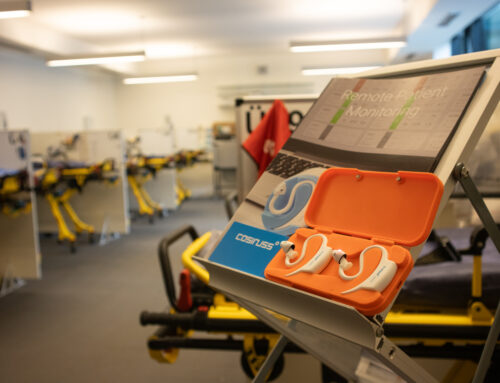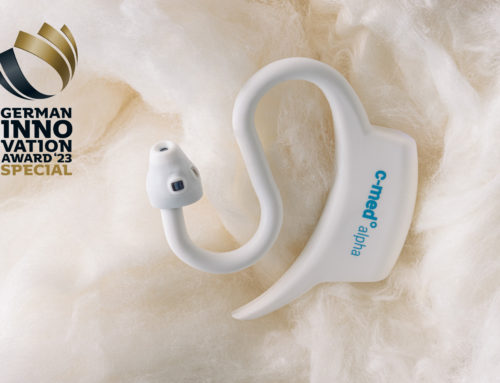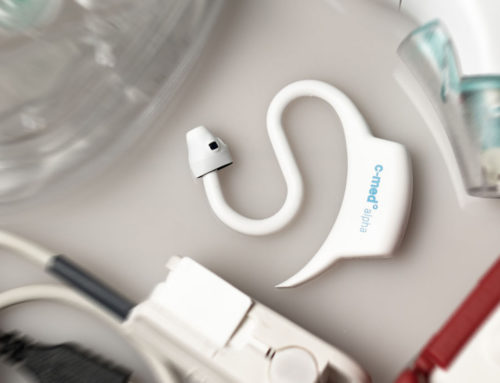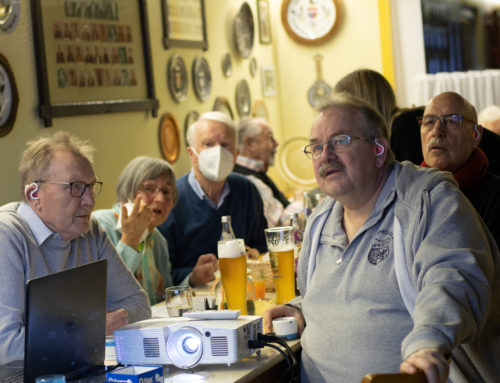The Resting Pulse
“A low resting pulse increases the risk of violence, aggressive and antisocial behavior,” said Antti Latvala from the University of Helsinki. This headline has it all and recently made it big in the media.
But what’s that all about?
The background is supplied by a study of a Swedish research team. It shows amazing things. A lower resting pulse rate is significantly correlated with the tendency to violence and anti-social behaviour. In the large-scaled long-term study, data of 710 264 men aged up to 35 years were analysed and evaluated. Young men with a low resting pulse rate were often convicted of a violent crime or other crimes (offenses). A constant low level of arousal is unsatisfactory for the organism. It looks therefore after a stimulus sensation and finds it, perhaps, in anti-social behavior. In addition, the theory of fearlessness exists. Increasing heart rate is, among others, a sign of stress. If the pulse stays in a constant low range, it indicates that the organism has a certain fearlessness against external pulses.
Do we have to worry therefore about it ? Do we tend, just because we trained ourselves to have a low resting pulse rate, to be violent or behave anti-social?
Measure Correctly
How do I measure my resting pulse – accurately and reliably?
Measure the pulse in the morning, shortly after getting up and – even if it’s hard – before the first coffee. Measure the resting pulse rate with a reliable measuring system. The method “by hand” is good, but an electronic pulse rate monitor is better. It measures the pulse beats and also the time more accurately.
Most suitable, measure several times a week, to minimize the influence of stress, exhaustion or of a “white-coat effect ” ( I am excited because of the measurement).
Resting Pulse and Training
Can I reduce the resting pulse rate through endurance training?
Regular endurance training lowers the resting pulse rate. The heart works more efficiently through the increased stress . With fewer beats, the heart provides the same cardiovascular performance. Through training, the heart volume is growing and thus also increases the amount of blood that can be transported during a heartbeat. An untrained heart pumps with a heartbeat of 85 ml while resting and 100 ml under stress in the arteries. The heart of a highly trained endurance athlete can transport the load up to 200 ml per heart beat. A low resting pulse rate is therefore a good indicator for the training status of an endurance athlete. Professional cyclist can have a resting pulse rate of good just over 30 beats per minute.
The influence of body temperature
As in the last entry, pulse measured while running, mentioned, our body is constantly busy trying to keep the core body temperature in our comfort zone of 37 ° C ± 0.5 ° C. Luckily our body regulates it itself. It balances external factors such as ambient temperature, insulation, solar radiation and time of the day permanently. If our body temperature increases due to movement work, psychological stress or other external circumstances, our body activates the cooling mechanism. It leads the heat to the skin surface. The means of transport is the blood. In the process, the skin circulation increases by the value of 8-12 times. The vessels dilate. More blood can flow. The heart rate increases to move greater amounts of blood than usual in a short time. Therefore a pulse value can be increased accordingly even without direct physical activity. A simple step from the shadow into the bright sun is already enough.
Psychosomatic Interactions
Body and brain are an inseparable unit. All situations which we expose ourselves to, affect us emotionally and physiologically. If we are surprised or scared, our pulse rises. If we are nervous or excited, our heart rate increases.
Psychological stress leads to an increase of the heart rate. Likewise, emotions such as fear, anger, joy and love. Not for nothing, the heart is as a metaphor for emotions. The heart is the “emotional organ” of the body. It is sensitive to moods and hormonal fluctuations. Often we speak of a “heart intelligence”.
We can also “trick” our heart. Deep and regular breathing leads to a lowering of the heart rate, even if we are excited or tense. The use of relaxation techniques lowers the heart rate. If heartbeat lowers, the body is forced to consume less oxygen. This is only possible if the stress or strain level decreases. The result: we feel better.
Ok, but what does this mean in regards to the inclination to violence or anti-social behavior?
During regular low stimulation and “boredom”, the organism is constantly looking for some kind of stimuli, which could be from a negative expression. Each of us knows that. Especially in winter. There is bad weather outside. The afternoon is gray and wet. You didn’t really move the whole day. What is happening? Slowly but surely you’ll get cranky.
Imagine the same situation. Only with the small but subtle difference: the 30 km long jog before breakfast. Now be honest: would you be “annoyed” lying on the couch for the rest of the day ? Or would you be relax and satisfied with yourself enjoying the peace and looking back on your day’s work.
It depends on the balance. If you can make it to balance tension and relaxation, excitement and rest, physical activity and regeneration produce, it will have a great positive effect on your mood.
The heart is not unlike our mind. We want to be entertained. Stress belongs to that, like the variety in the seasons. Sometimes sun and hot, sometimes winter and frosty. Our heart wants to actively achieve performance and comfortably relax after work. Then it is satisfied. Then it is balanced and violence or antisocial behavior is not under consideration.
Therefore: Get your heart and your body regularly going. It will thank you!






